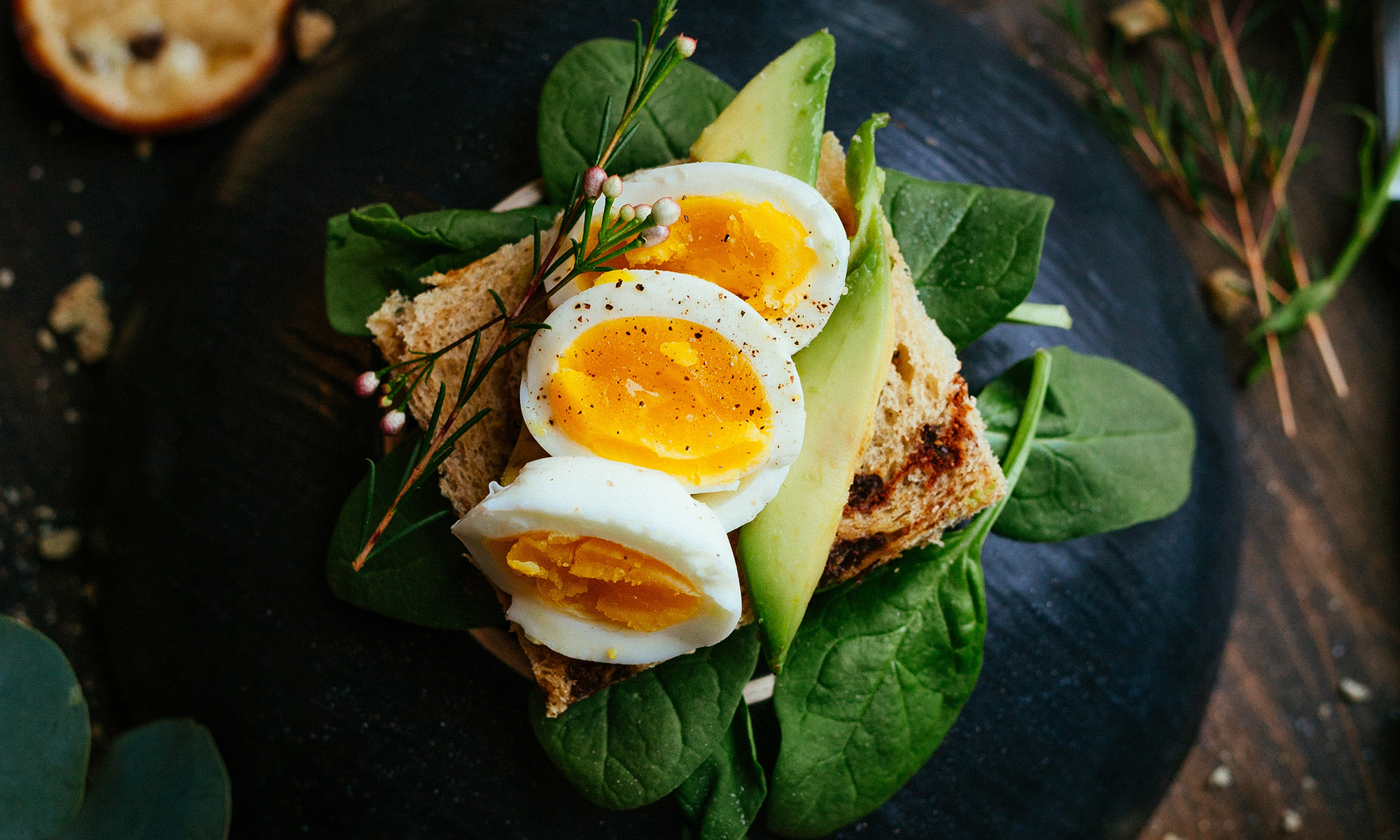Now that I’m a food blogger, I view meal-time differently – no longer is it about nourishing myself nor gathering with friends for an engaging repast; it’s an occasion to tell a story. And as I prepare my dinner, I think about what that story might be, whether it’s the vegetables from the garden, a trip to Asia or the fish I’m cooking.
Dinner the other night was brimming with stories.
I was driving home my milking experience and stopped en route at my favorite fish store. As I scanned the case, I noticed whole pompano. It’s a fish I’ve only eaten once, and probably 25 years ago. The recipe came from the Time-Life Cookbooks; I served it with kiwi and Jerusalem artichoke. The memory is etched in my mind of one of my favorite fish, though I’ve never eaten it since. I had to purchase it and remind myself what so enticed me.
When I got home, the ground had thawed again, allowing me to harvest more Brussels sprouts. These prized jewels would make a lovely accompaniment to the fish. Trying to get out of my bacon-rut, I opted instead for a relish of clementines and ginger. I still had a few citrus left in the case I bought, and they were on the verge of rotting… a relish would be a quick and easy way to use them up.
And, of course, I had to use the milk – fresh from the cow, only hours old. The dairy manifested itself into wonderfully light and buttery spaetzle.
The story of my dinner may be incoherent, but the meal was eloquent and divine!
Broiled Pompano with Clementine Relish and Roasted Brussels Sprouts
(spaetzle recipe coming soon…….)
1 whole pompano, filleted
3 clementines
1 shallot, peeled and diced fine
1 tbs. minced ginger
1/4 cup Chinese Rice Wine
2 tbs. butter
1 sprig fresh tarragon, or 1/2 tsp. dried
olive oil
canola oil
salt and pepper to taste
1. Cut Brussels sprouts in half. Toss with olive oil, salt and pepper. Place them on a cookie sheet in a single layer, cut side down. Roast in a 400F oven for 20 minutes, or until crusty brown on the bottom.
2. Meanwhile, section the clementines, removing the white membrane.
3. Heat a large skillet over high heat. Season fish with salt and pepper. Add a thin layer of canola oil to the pan. Gently place fish in the pan, skin side up. Cook over high heat for 5 minutes, or until brown edges are visible around the fillets. Flip the fillets, and cook for two minutes more. Remove fish from pan, and set aside in a warm place.
4. To the fish pan, add the shallots and ginger, and cook for 2 minutes or until they soften. Deglaze the pan with the wine, and reduce. Remove from heat and swirl in butter. Stir in the clementines and tarrgagon.
Serve fish with Brussels sprouts and clementines drizzled on top.


